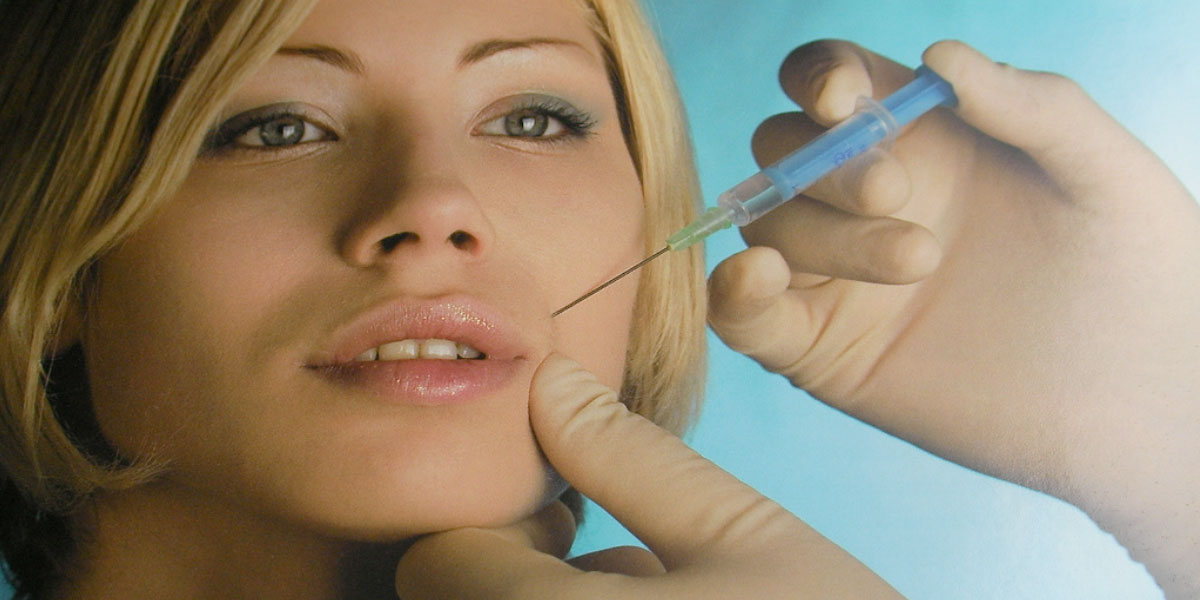10 Things You Should Know About Dermal Fillers Before Getting Treatment
1. What are dermal fillers?
Dermal fillers are injections of a gel made out of hyaluronic acid, which is a naturally occurring substance in your skin. At Palm Clinic we use Juvederm dermal filler, which contains an anaesthetic that increases your comfort levels during the injection process.
2. Why would you need dermal fillers?
Dermal fillers fight against the signs of aging by smoothing out wrinkles and folds in your facial skin, making it look younger. Normally people get them in areas such as their cheeks, corners of the mouth, and jawline. However, dermal filler can also be used in your lips to enhance their shape and fullness.
3. Why do people choose dermal fillers?
Dermal fillers are perfect for people who want to avoid facial surgery and a general anaesthetic. It is a less invasive and safer option than cosmetic surgery. The natural quality of the gel used, the lack of pain and side effects, as well as the length of time they last, are all drawcards for many people.
4. How long do dermal fillers last?
Dermal fillers normally last between 6 and 24 months, entirely depending on the patient’s reaction to the injections, the area that’s been targeted, and the exact type of product that’s been used.
5. Is the process painful?
While the anaesthetic inside the filler is enough to make the process relatively painless for most clients, if necessary we can use a “nerve block” anaesthetic like at the dentist where the entire area is completely numbed before injections commence, however this is very rarely necessary.
6. Are there any associated side effects?
Most commonly, people will experience temporary discomfort after getting dermal fillers. There’s also the possibility of bruising and swelling, but we aim to minimise this through using the gentlest techniques possible. Avoiding exercise around the time of your treatment, and staying away from anti-inflammatories such as aspirin, is the best way to reduce the chance of bruising. It’s possible to have an allergic reaction to dermal fillers, but this is extremely rare and clinics will always have products on hand to break down and remove the dermal fillers as soon as possible. Extremely rarely blindness is a possible outcome when injecting dermal filler in the frown area or in to the nose.
7. What are synthetic dermal fillers?
Synthetic dermal fillers are considered semi-permanent but many will last indefinitely due to ingredients like micro polymer agents which work in a different way to the natural acids used in natural dermal fillers such as Juvederm. At Palm Clinic we don’t offer synthetic dermal fillers, as while they can potentially last permanently, any negative side effects can also be permanent.
8. What’s the difference between Dermal Fillers and Botox®?
Botox® freezes muscles to put a stop to creases and wrinkles that are caused by facial expressions, and is typically used in the upper face area, affecting wrinkles around the forehead and eyes. Botox® is better for reducing these dynamic moving wrinkles as it reduces their motion and visibility. On the other hand, dermal fillers are better for the wrinkles in the lower face, and last longer than Botox® which usually lasts around 3-4 months.
9. How much do dermal fillers cost?
At Palm Clinic, dermal filling treatments begin at $800, and the cost will vary based on the amount of filler needed, as well as other factors. We will always discuss the price of dermal fillers with you during a consulation.
10. Can I get dermal fillers removed?
If you’re sure you want your dermal fillers removed, then clinics can always remove them using an enzyme called hyalase that breaks them down. At Palm Clinic we always recommend coming in to talk to us if you’re unhappy with your dermal fillers or anything else, and we’ll always propose a solution that’ll leave you with a happier smile!
Mandatory Information
JUVÉDERM®. ASK YOUR HEALTH CARE PROFESSIONAL IF JUVEDERM IS RIGHT FOR YOU. JUVEDERM is an unfunded medicine device. Product and treatment costs apply. JUVÉDERM® a class III medical device must be administered by a healthcare professional. Always read and follow the instructions. The JUVÉDERM® range of products is a smooth, clear, colourless gel that contains hyaluronic acid to help correct or enhance facial contours; to define, correct or enhance lips; or improve the tone, texture and hydration of the skin. It also contains lidocaine (local anaesthetic) which helps improve comfort to the patient during injection. JUVÉDERM® has risks and benefits. For more information, please read the Patient Information Leaflets available on request from Allergan Aesthetics by phoning 0800 659 912 or from allerganaesthetics.com.au/products. JUVÉDERM® VOLBELLA® VOLIFT® VOLITE™VOLUMA® and VOLUX™are registered trademarks and trademarks of Allergan an AbbvieCompany.
Botox® is a prescription medicine for the treatment of frown lines, horizontal forehead lines and crow’s feet round the eyes. Botox® has risks and benefits. Ask your doctor if Botox® is right for you. If you have side effects, see your doctor. You will need to pay for Botox® and clinic fees will apply. For details on precautions & side effects consult your healthcare professional or the Consumer Medicine Information (CMI) at www.medsafe.govt.nz. Botox® treatment lasts about 4 months and further courses of treatment may be necessary. Should only be administered by trained medical professionals.(Contains botulinum toxin A 50,100 & 200 units). Allergan (NZ) Limited, Auckland.

